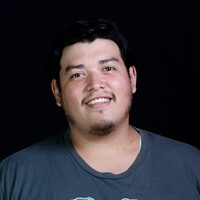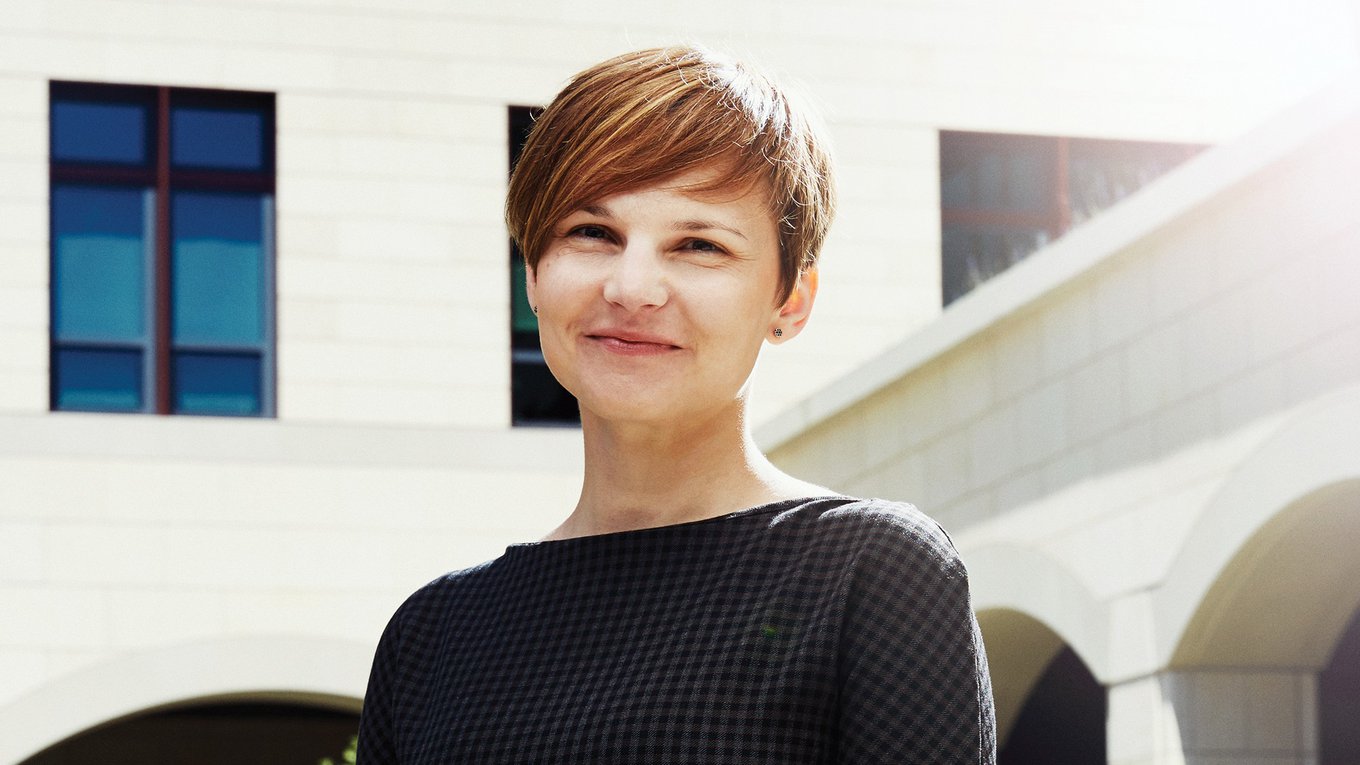Software
Aleksandra Vojvodic
A computation whiz speeds up the search for catalysts that will make green chemistry possible.
Photo by RC Rivera

Latin America
Sergio Mejia
Calling for help has never been so easy thanks to his app, which sends an alert with just a shake of a smartphone

India
Richa Bajpai
She is on a mission to make NextGen, a global leader by maximizing the impact of every dollar spent, with the use of technology. Her work, innovation, achievements and entrepreneurial skills in CSR & Sustainability space have been widely recognized and extensively covered in both national and international forums.

Latin America
Guido Vilariño
Bringing politics into the XXI century with his citizen participation platform

Latin America
José Rivas
Anyone can create a bank account from their mobile phone without visiting the bank in person thanks to his platform
